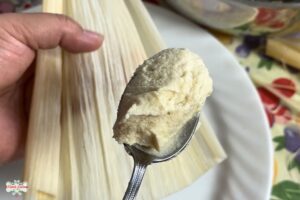Learn how to easily make homemade masa for tamales. In this complete guide, I’ll share some variations so you can choose one that’s right for your family, including variations like vegan tamale dough and masa using tortilla dough. Plus, I’ll talk about the different types of corn flour and the different types of oil you can use. Let's get started!
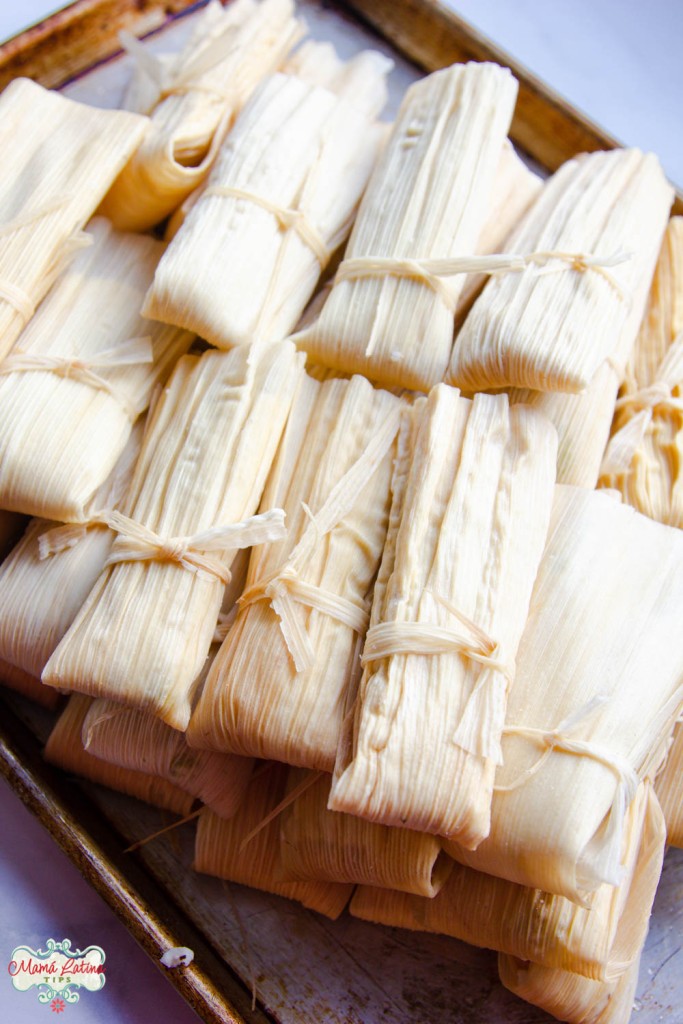
- Fluffy and Moist Tamale Dough
- Ingredients
- Types of Corn Flour
- About the Fat
- About the Liquid
- Do I Need a Mixer to Make Good Masa?
- Storage
- Can You Freeze Masa for Tamales?
- Tamale Dough Variations
- How to Know When the Tamale Dough is Ready
- Basic Masa Recipe for Tamales
- How to Make Tamale Dough with Oil
- Try a few Tamale Recipes
- Print the Basic Masa Dough Recipe
- Basic Masa Recipe for Tamales
Fluffy and Moist Tamale Dough
Before starting, I want to clarify that, in Spanish, the singular form of tamales is tamal. However, tamale is widely used in English, such as “tamale recipes, tamale parties, tamale dough,” etc. I might use both forms interchangeably in this post.
An essential component of flavorful tamales is the dough. The dough protects and delivers the delicious filling and must be spongy, soft, and moist. Nothing disappoints like dry, coarse tamales with very little filling.
I created this guide to help beginners as well as not-so-beginners prepare the best masa worthy of any tamale in the world.
This guide is for making savory tamales. As we know, Mexican sweet tamales are a thing, too, but the dough for that is a little different, so I will talk about that in another post.
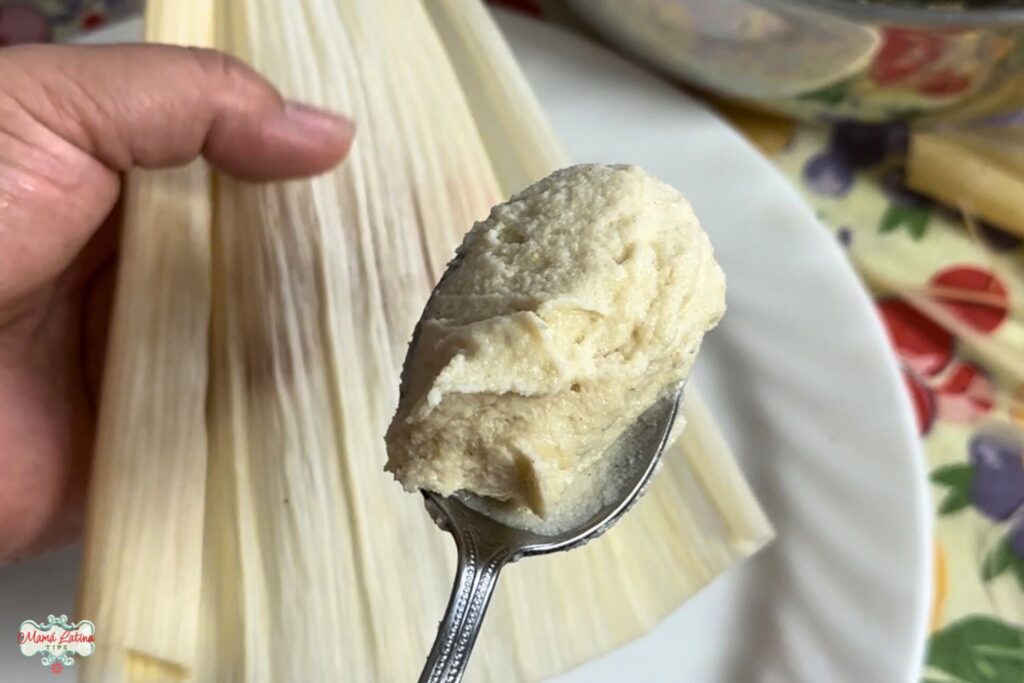
It's important to consider that the texture of the masa dough may depend on each person's personal taste; some like it firmer, and others, looser.
I invite you to try both ways and decide which is best for you.
The recipe I'll give you at the end of this article suggests an approximate amount of liquid, and you will need to adjust it according to your texture preference. More liquid equals looser and less liquid equals firmer.
Ingredients
The main ingredients for savory tamale masa are:
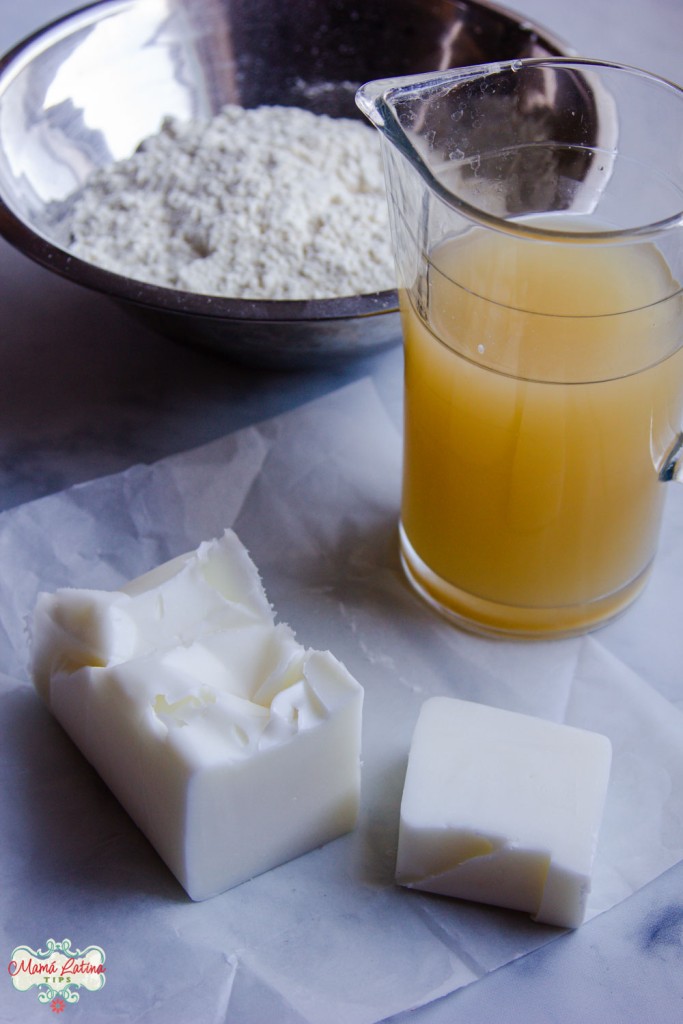
- Corn flour – also known as masa harina. More details below.
- Fat – which is essential to give it the right texture. Traditionally, pork lard is used, but you can also use vegetable shortening or oil, especially if you want to make vegan tamales.
- Broth – this is what gives flavor to the dough, so the more herbs and spices it has the better. Use the broth of your choice depending on the type of tamale: meat broth (chicken, beef, or pork) or vegetable broth.
- Salt – that's what brings all the flavors together.
- Baking powder – this is an optional ingredient. Some recipes call for it, others don't. I have prepared it both ways, and the result is always delicious tamales. Try it both ways and see what you prefer.
Types of Corn Flour
This post may contain affiliate links to Amazon and/or other stores, which we add to save you time looking for things you may need. If you use these links and make a purchase, we may earn a commission at no extra cost to you. For more information, please read our privacy policy.
Corn flour can be found in almost any grocery store or online. There are several types; however, not all of them are suitable for tamales.
The two suitable flours are corn flour for making tamales and masa harina for making tortillas. These two are made from nixtamalized corn.

The most well-known brand is Maseca; however, there are others such as Bob's Red Mill, King Arthur, Masabrosa, and my favorite, heirloom corn masa harina Masienda.

Other types of corn flour that you might find, but are not suitable for corn tamales, are:
- Corn starch, which is used to make atoles and thicken desserts.
- Semolina or cornmeal, which is coarsely ground raw corn and is traditionally used to make Italian polenta and cornbread.
- Precooked corn flour known as Harina Pan, which is traditionally used to make arepas, hallacas and other Latin American delicacies.
In my experience, the corn flour for making tamales has a coarser texture, and the consistency of the tamales is not as smooth. For fluffy homemade tamales, I recommend using masa harina commonly used for making tortillas.
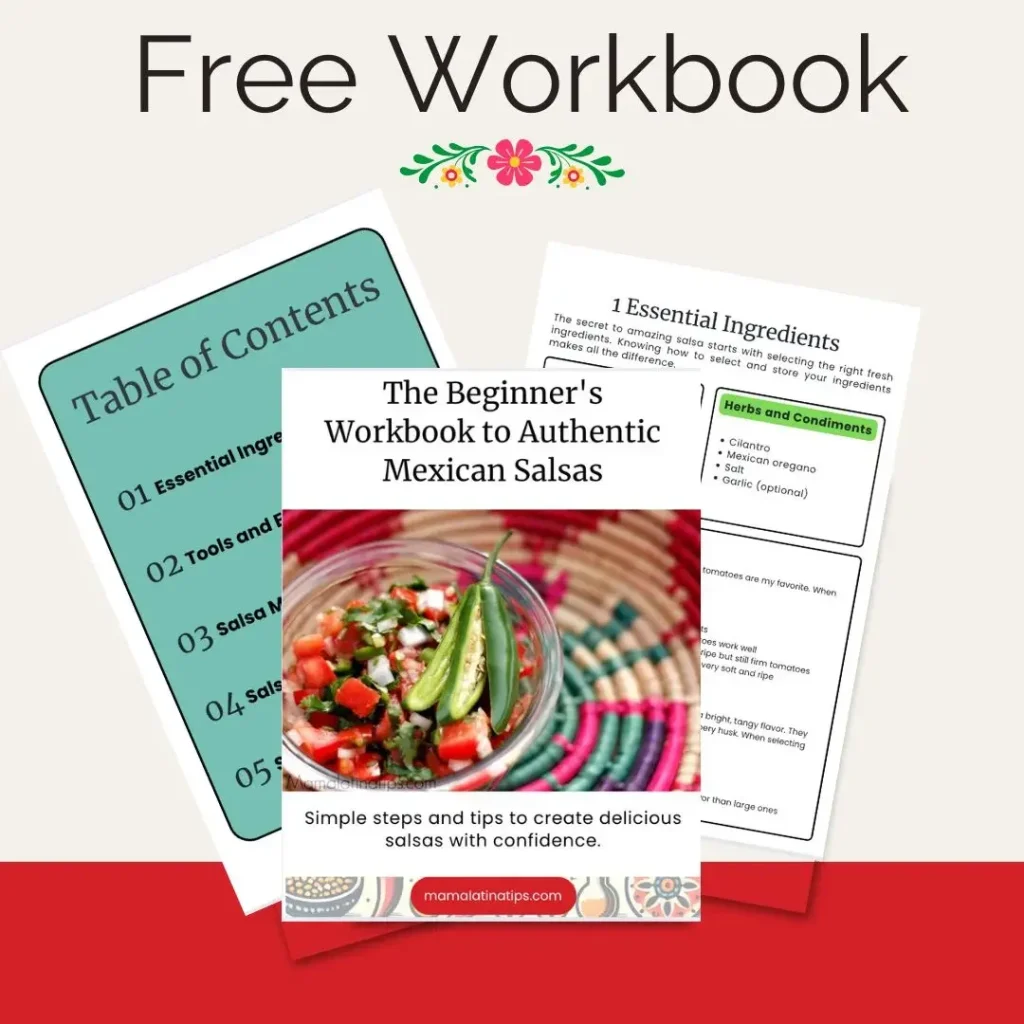
About the Fat
The fat used can be solid, such as pork lard, vegetable shortening, or refined coconut fat, or other oils like olive, vegetable oil, avocado oil, etc.
It is reported, although I haven’t tried it myself, that unrefined coconut oil has a strong coconut flavor. If you use oil, it's better to use one with a more neutral flavor, so that it doesn’t affect the flavor of the filling.
However, I have used olive oil, and I really like the flavor it gives them. It's your decision.
Another important thing is that if you use oil, you may need less broth when mixing. Please consider that.
Some people use butter, but it can have a very strong flavor. You can, however, replace a little bit of the oil with melted butter to give it a slight buttery flavor.
I like to use butter in sweet tamales especially.
About the Liquid
In this case, I'm referring to the broth or stock. Generally, the filling flavor determines which to use; for instance, if they are chicken tamales, then chicken broth; if they are pork tamales, pork broth; vegetarian, vegetable stock, etc.
Some recipes use a combination of broth and some of the sauce used for the filling. The traditional ones are salsa verde, red chile sauce and guajillo sauce, which also change the dough's color and give the tamales a deeper flavor.
The best way, and my suggestion, is to cook the meat for the filling with spices, herbs, garlic cloves and enough water to achieve a tasty broth that you can then add to the dough.
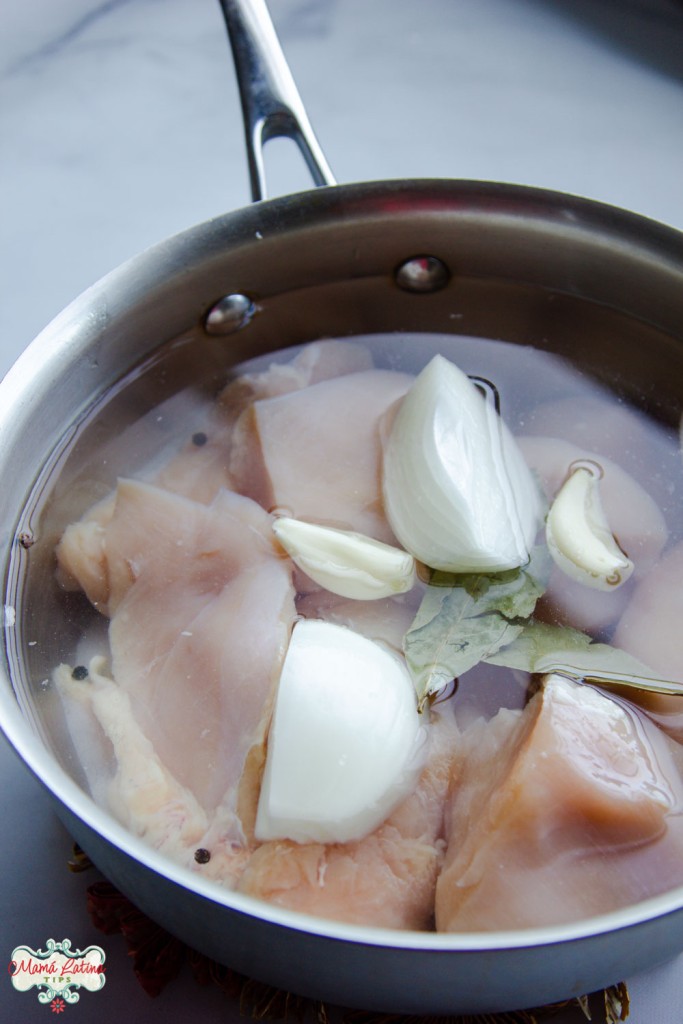
However, if you are short on time and you already have the filling made, you can use already prepared broth or make it with water and bouillon if you prefer.
A note regarding salt. Each broth contains different amounts of salt, so my recipe only uses a teaspoon. You will have to adjust to taste at the end of the masa making process.
Do I Need a Mixer to Make Good Masa?
The tamale dough can be prepared either by hand or in a stand electric mixer; it all depends on your preference and the type of mixer you have.
When using lard, vegetable fat, or other solid fat, using a mixer is convenient because it will make the mixing easier.
I use my Kitchen-Aid because it has a very powerful motor and blends everything without any problem. If you only have a hand mixer, make sure it has good power so you don't damage it when you add the dry ingredients.
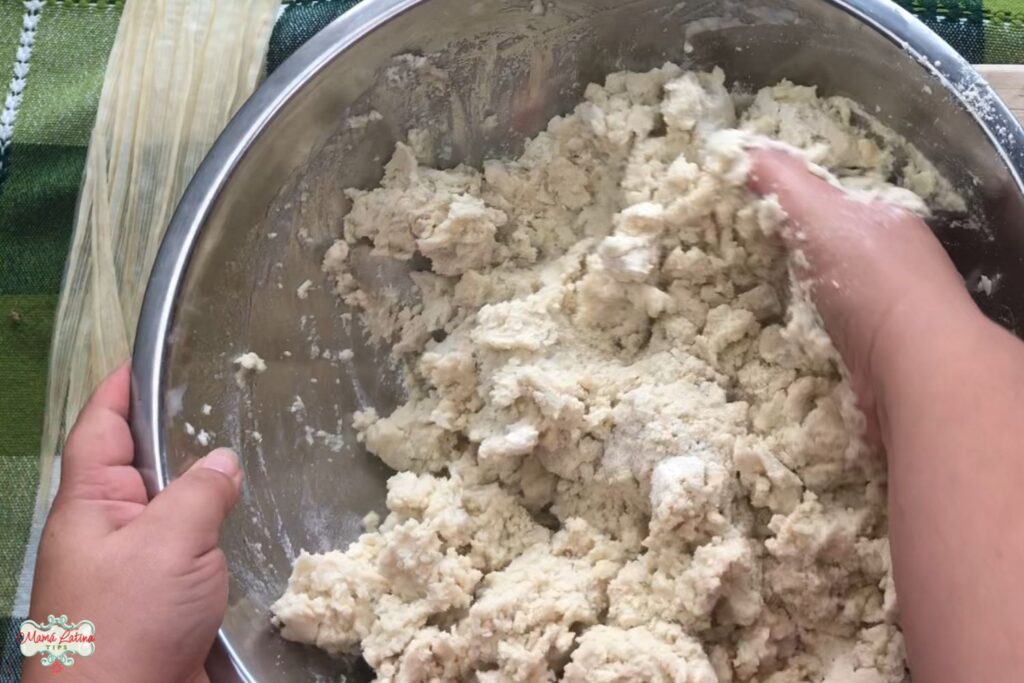
Storage
Once the dough is ready, it can be used immediately or saved for later use. Some families prepare the fillings and dough in advance because this saves time.
If you want to do this, put the dough in a container with a lid (better if it's airtight), or in a silicone bag and store it in the refrigerator for up to 3 days.
On the day of assembling the tamales, take out the dough half an hour beforehand to reach room temperature and regain its soft consistency. If you notice that it's a little dry or firm, add some broth.
Can You Freeze Masa for Tamales?
Yes, the masa for tamales can be frozen up to 3 months; however, the texture will change slightly. Please read the note below.
Place it into a container with a lid (covering it with plastic wrap before putting the lid on) and cover tightly. You can also freeze it in a plastic or silicone bag.
To defrost, place the masa in the refrigerator a day before using it.
Important note: The thawed dough has a wet texture, and when you touch it with your hands, it will crumble, like queso fresco cheese. Don't worry. Leave it out of the refrigerator, covered, in a place away from direct sunlight, and wait for it to reach room temperature.
When the dough has reached room temperature, it won't be as crumbly and you will be able to knead it for a little bit to get a spreadable consistency.
In my experience, the texture won't be as the fresh masa; however, it is very similar.
Tamale Dough Variations
I'll give you my easy recipe below, but first, let's talk about some variations so you know how to swap out ingredients:
Tamale Dough with Maseca Masa Harina
This type of dough is prepared with dry corn flour and is the most convenient because the Maseca masa harina flour is easily available and lasts a long time in the pantry or refrigerator.
This is the one used in the basic recipe at the end of the article.
How to Make Tamale Dough using Fresh Masa for Tortillas
This is the easiest way to make the tamale dough, but it has two disadvantages. This masa to make corn tortillas is already mixed with liquid, generally water, so it will have less flavor than the other masa mixture that is prepared with 100% broth or stock.
The other disadvantage is that it's not easy to find. If you live near a tortillería or Mexican grocery store, take advantage and buy it.
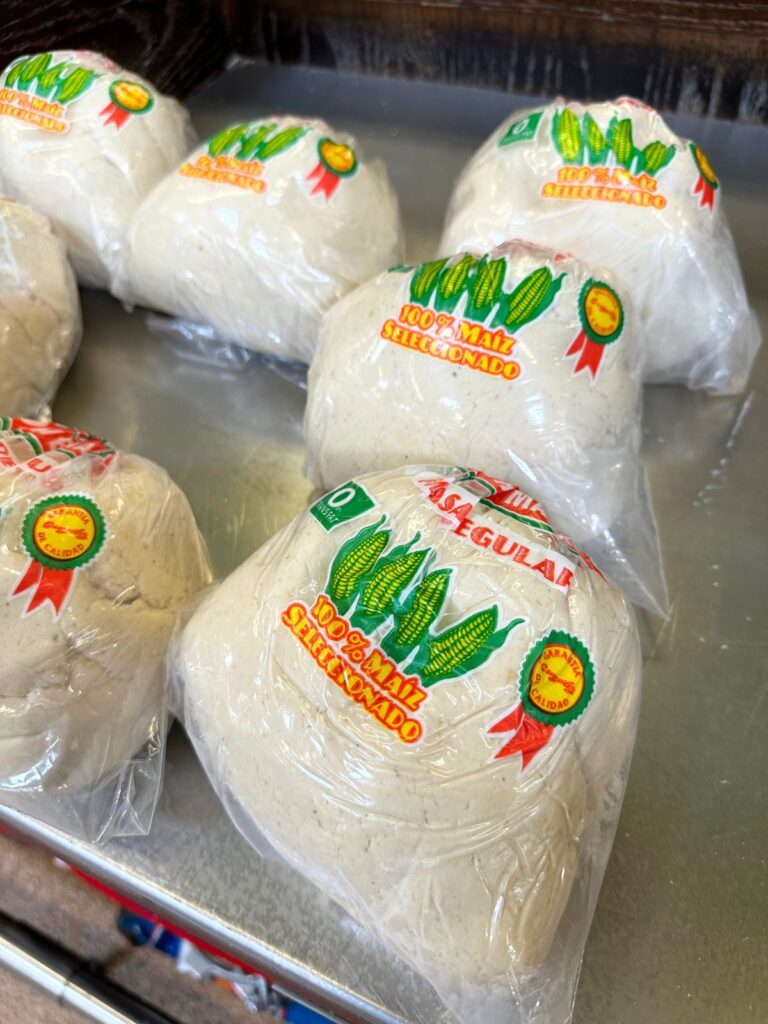
Having said that, preparing the dough is easy: beat the lard or shortening with the baking powder (if using) and salt until fluffy. Then add small pieces of the dough, while adding a little bit of the broth of your choice until you reach the desired texture.
Taste and adjust for salt.
The recommended amount of fat for 1 kg (2.205 lbs) of prepared tortilla dough is 250 gr (.55 pounds~½ lbs), one teaspoon of salt, a teaspoon of baking powder, and about 1 cup of broth (~240 ml).
How to Make Dough for Vegan Tamales
It's very easy to make dough for vegan or vegetarian tamales. Simply follow the instructions of the basic recipe below replacing the pork lard for vegetable shortening (in the same amount) or 1 cup of oil.
I like to use olive oil. But any vegetable oil works well. Some people use coconut oil, but remember that it can change the flavor slightly.
And use vegetable broth or stock.
How to Know When the Tamale Dough is Ready
Something that many Mexican families do to know if the dough is ready is to perform the floating dough test.
They fill a glass with cold water and drop a small piece of masa in it; if it floats, it is said to be ready. If it doesn't float, you have to mix a little more.
I don't know if this test is a myth or true; sometimes my masa floats, sometimes it doesn't, but my tamales always come out soft and delicious.
Now, the recipe.
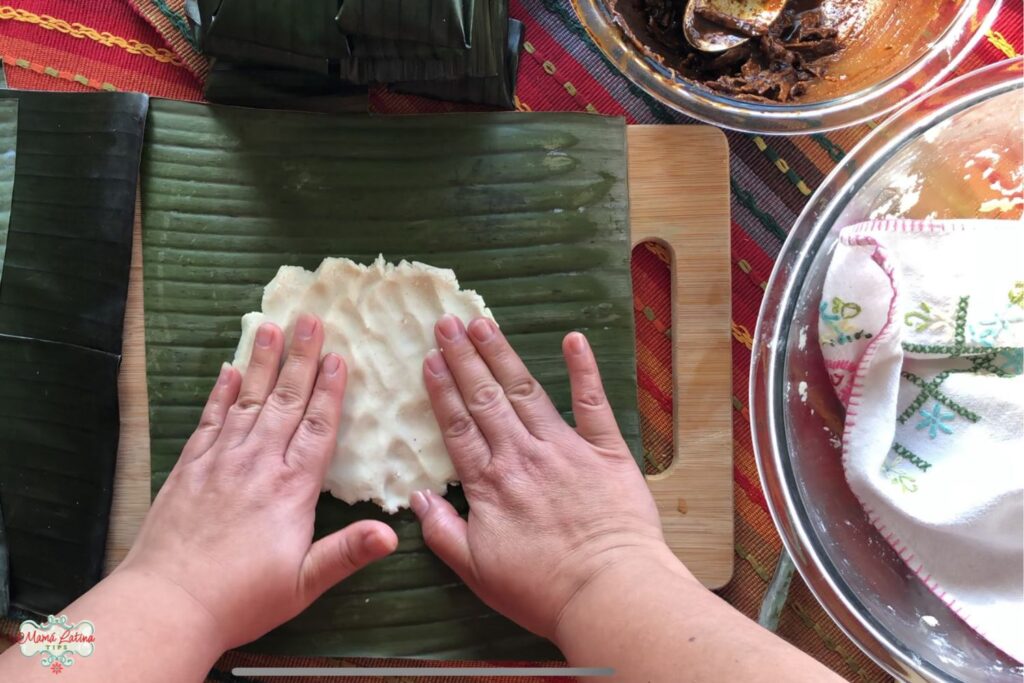
Basic Masa Recipe for Tamales
35 small tamales
Ingredients
- 4 cups of masa harina or corn flour (approximately 500 gm)
- 3-4 cups of broth or stock of your choice
- 1 teaspoon fine salt
- 1 teaspoon baking powder (optional)
- 225 gr of fat (approximately 1 1/4 cups) (recipe with oil below)
Utensils
- 2 large bowls
- Stand mixer (optional but recommended if you want to save time and effort)
- Measuring spoons
- Measuring cups or kitchen scale
- Kitchen towel
Note: It is important that the ingredients are at room temperature.
In a large bowl, combine masa harina, salt, and baking powder. Mix well.
Place the fat in a large bowl and beat at medium-high speed for about 5 minutes or until creamy and fluffy. Add half of the dry ingredients and continue beating on low speed until combined. The mixture will look a little sandy.
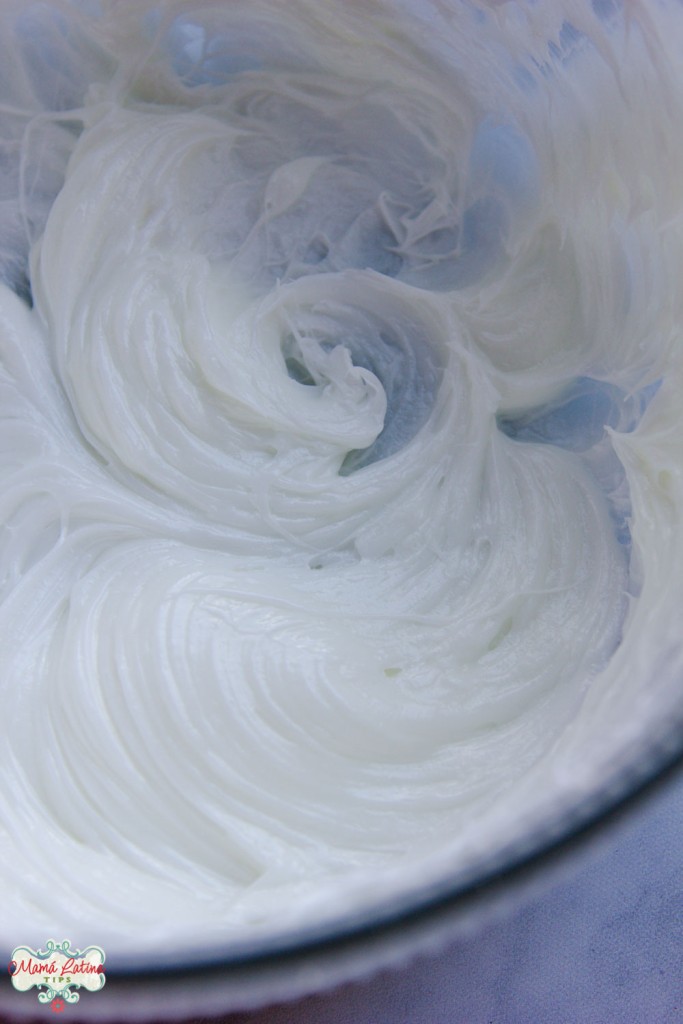
Add a cup of the broth and continue blending. Add the other half of the flour mixture and another cup of broth. Then, without stopping the beating, add broth until you achieve a soft dough with a spreadable consistency. It will look like soft peanut butter.
Taste for salt and adjust if necessary. The dough should be lightly salted to adjust for the salt that is lost during the steaming process.
If you want to spread the dough on the corn husks with your hands, leave it a little more solid, but if you want to spread it with a spoon, I recommend that it be a little looser.
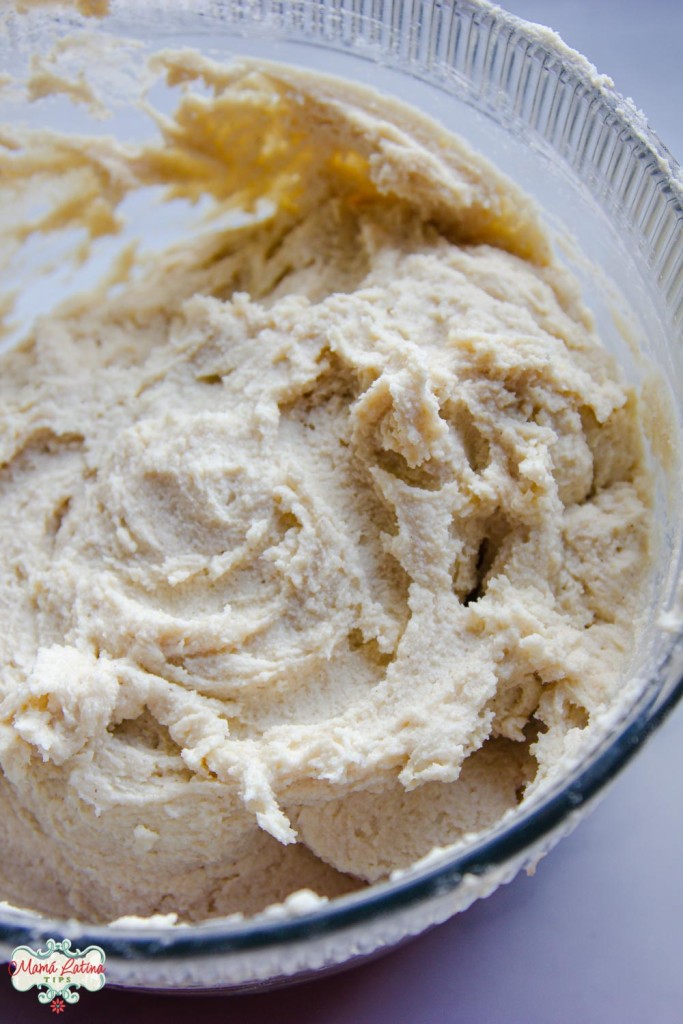
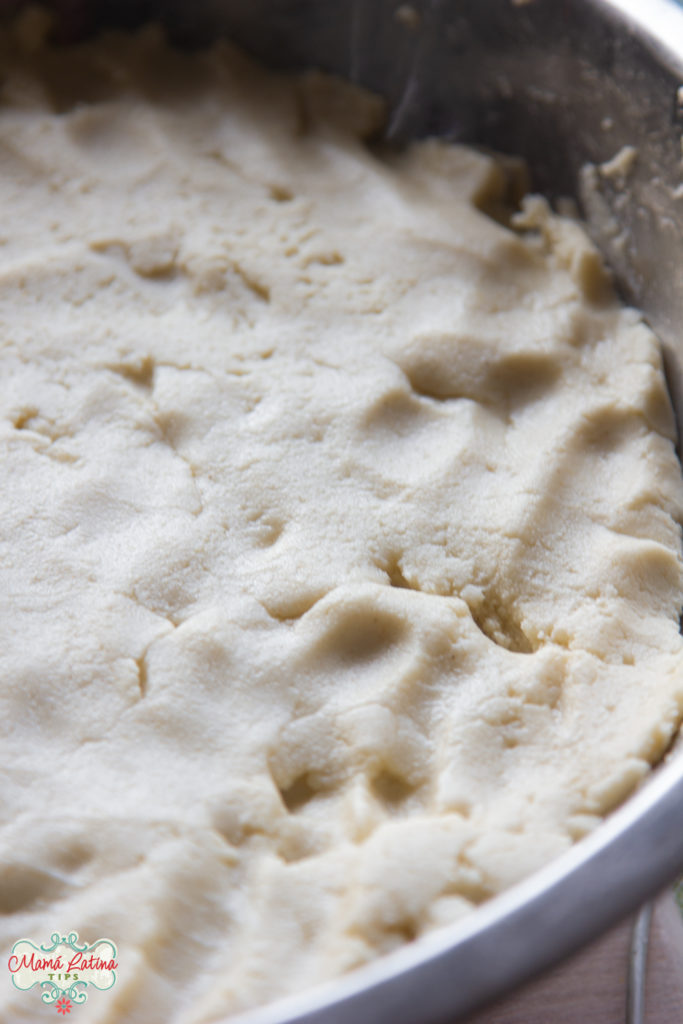
Cover it with a dry or damp kitchen towel until ready to use to prevent it from drying out. But if you aren't using it immediately, cover it tightly and put it in the refrigerator.
How to Make Tamale Dough with Oil
Replace the solid fat with 240 ml of oil (1 cup) of your choice.
Combine the dry ingredients in a large bowl, pour the oil and two cups of broth, and let the liquid permeate the flour for about 15 minutes.
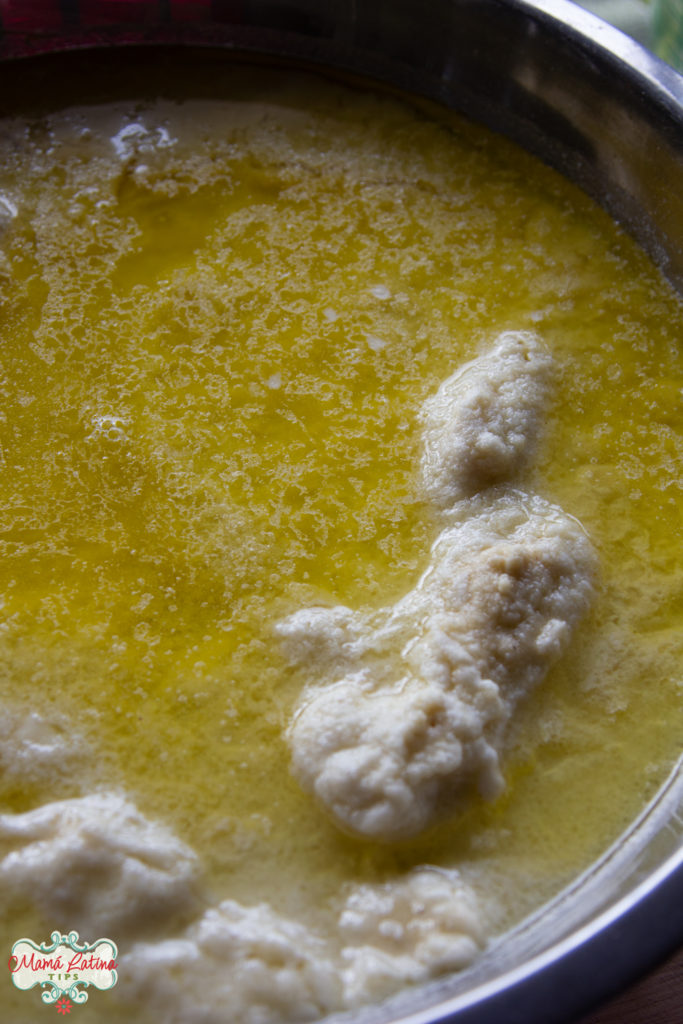
Start kneading with your hands, a large wooden spoon, or in the mixer while adding more broth until you reach the desired consistency.
That’s it, buen provecho!
Try a few Tamale Recipes
Print the Basic Masa Dough Recipe
Basic Masa Recipe for Tamales
Ingredients
- 4 cups of masa harina or corn flour approximately 500 gm
- 3-4 cups of broth or stock of your choice
- 1 teaspoon fine salt
- 1 teaspoon baking powder optional
- 225 gr of fat approximately 1 1/4 cups (recipe with oil below)
Utensilios
- 2 large bowls
- Stand mixer (optional but recommended if you want to save time and effort)
- * Measuring spoons
- Measuring cups or kitchen scale
- Kitchen towel
Instructions
- In a large bowl, combine masa harina, salt, and baking powder. Mix well.
- Place the fat in a large bowl and beat at medium-high speed for about 5 minutes or until creamy and fluffy. Add half of the dry ingredients and continue beating on low speed until combined. The mixture will look a little sandy.
- Add a cup of the broth and continue blending. Add the other half of the flour mixture and another cup of broth. Then, without stopping the beating, add broth until you achieve a soft dough with a spreadable consistency. It will look like soft peanut butter.
- Taste for salt and adjust if necessary. The dough should be lightly salted to adjust for the salt that is lost during the steaming process.
- If you want to spread the dough on the corn husks with your hands, leave it a little more solid, but if you want to spread it with a spoon, I recommend that it be a little looser.
- Cover it with a dry or damp kitchen towel until ready to use to prevent it from drying out. But if you aren’t using it immediately, cover it tightly and put it in the refrigerator.
Video
Nutrition
Notes
Did you make this recipe?
Tag @mamalatina on Instagram and hashtag it #mamalatinatips
- How to Prepare Corn Husks for Tamales: Step-by-Step Guide - November 29, 2025
- Mexican Chorizo and Potatoes (Papas con Chorizo) – Easy Family Recipe - November 29, 2025
- Traditional Guava Atole Recipe – Smooth and Creamy - November 14, 2025
